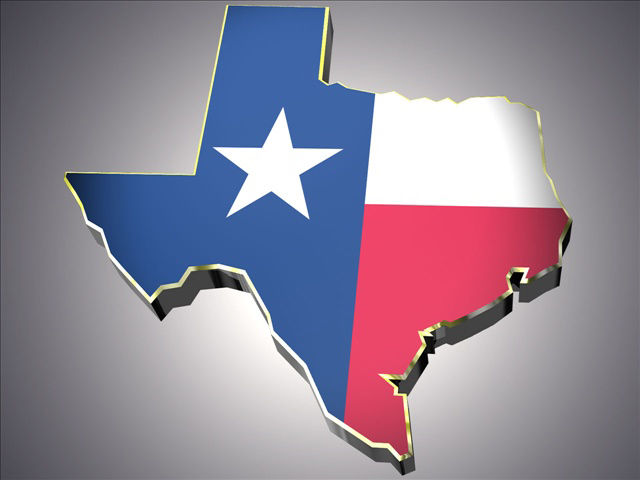The City of Brownsville has acquired a “mosquito drone” which will allow the health department to spray for mosquitos in areas of town that the city’s fleet of trucks can’t reach.
The eight-foot wide drone featuring six motors is an exciting addition to the city’s mosquito spraying inventory. It has been in the city’s possession since February, but the department faced covid-related delays in rolling out its use.
“This is the only drone to be operated for mosquito mitigation south of Houston. The next drone like this is at College Station at the USDA facility,” said Brownsville Public Health Director Art Rodriguez,
According to the health department, the drone was purchased through grant funding provided the Department of Health and Human Services through a Centers for Medicare and Medicaid (CMS) Hurricane Harvey Relief Grant.
The city has also obtained funding to hire an entomologist — a scientist who studies insects, as well as a vector tech to support the drone’s mapping capabilities.
“This drone is big enough that it has its own little platform. It looks like a homemade thing with long arms. It almost looks like a spider,” Rodriguez said.
The drone — the largest available from the company the city purchased it from — is big on purpose. Registered Nurse Henry Presas, Nurse Analyst for COB Public Health, said the drone can handle strong winds across South Texas’ flat, open land.
More specifically, the city opted for this model because it has three payloads that workers can deploy for mosquito mitigation.
Those are larvicide, which kills eggs laid in water; adulticide for grown mosquitos, which the drone sprays with an ultra low volume attachment; and a granular hopper that can hold up to 35 pounds of mosquito-killing granules to be dropped wherever needed.
The health department will program the drone to map out a stretch of land. The drone flies to that area, carries out its mission on the programmed grid pattern, then returns home automatically when spraying is finished or the battery is low.
According to Presas, the city has four-wheelers it can use to reach areas that its sprayer trucks can’t, but hotspots in open fields north of town are often inaccessible to vehicles after it rains.
“Now with this drone and the granular hopper, we can just fly over it and get into areas that we couldn’t spray before, making it a lot easier and safer,” he said.
The drone is already proving useful — Rodriguez confirmed the city received notification from the state that a mosquito in a city-operated trap on the far north edge of town has tested positive for St. Louis Encephalitis virus.
“We’re currently mitigating and trapping. We’ve initiated protocol to ensure that we don’t have any more mosquitos that test positive,” said Rodriguez.
Steps involve spraying the affected area and then re-trapping lingering adult mosquitos to check for the virus. There are no reported human cases in the area.
According to the Centers for Disease Control and Prevention, most people who contract SLE display no apparent illness.
Initial symptoms may include fever, headache, nausea, vomiting, and tiredness. In rare and severe cases, the brain swelling caused by encephalitis can cause long-term disability or death, according to the agency.
In 2019, the CDC reported 14 cases of SLE nationwide. The agency reported five cases the year prior.
The CDC recommends for mosquito bite prevention the use of insect repellent, wearing long-sleeve shirts and pants, treating clothing and gear, and taking steps to control mosquitos both indoors and outdoors.






